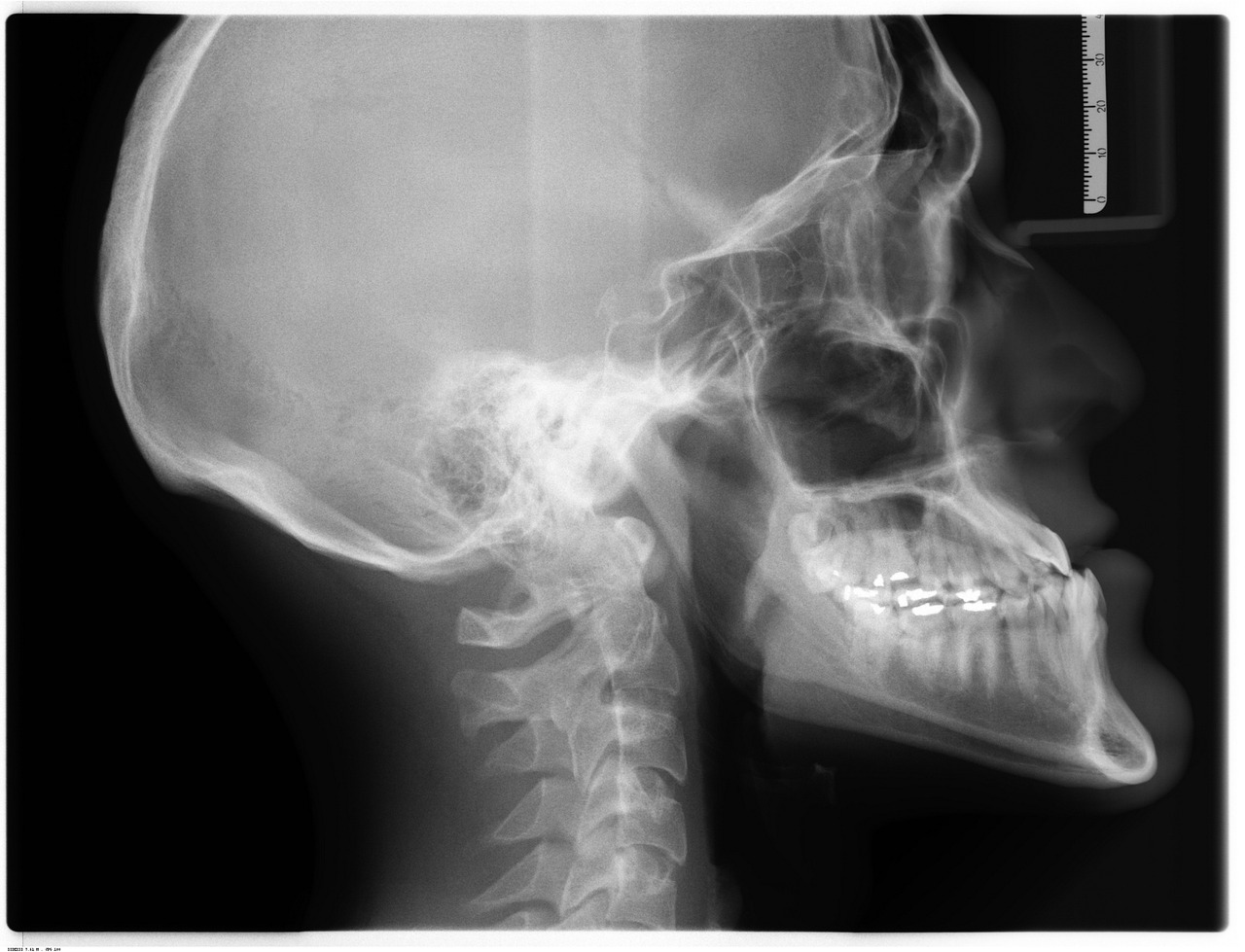Understanding Cervical Facet Joint irritation
Introduction: Have you ever experienced persistent neck pain or discomfort that seems to radiate into your shoulders or upper back? If so, you may be familiar with the challenges of cervical facet joint irritation. It’s a condition that affects many individuals, causing discomfort and hindering their daily activities. In this blog post, we will delve into the negatives and positives of cervical facet joint irritation, and ultimately encourage you to take a stand and seek professional healthcare assistance for effective management.
Have You Ever Experienced Similar Symptoms? Before we explore the intricacies of cervical facet joint irritation, I want to address you, the reader, directly. Have you ever dealt with ongoing neck pain, stiffness, or restricted mobility? Have you noticed that the pain worsens when you move your head or neck? If you can relate to these symptoms, it’s important to pay attention, as they could be indicators of cervical facet joint irritation.
The Negatives of Cervical Facet Joint Irritation:
- Persistent Pain: Cervical facet joint irritation can cause chronic discomfort, affecting your overall quality of life. The pain can be sharp, dull, or achy and may worsen with certain movements or postures, making it challenging to perform routine tasks or enjoy activities.
- Restricted Mobility: The inflamed facet joints can limit your neck’s range of motion, making it difficult to turn your head or perform simple actions like looking over your shoulder while driving. This restriction can significantly impact your day-to-day activities and overall functionality.
- Muscle Tension and Spasms: The irritated facet joints can lead to muscle tension and spasms in the surrounding areas, exacerbating the discomfort. This can cause additional pain and stiffness, further hampering your ability to carry out regular tasks.
The Positives of Seeking Professional Help:
- Accurate Diagnosis: By consulting a healthcare practitioner, you can obtain an accurate diagnosis of your condition. They will evaluate your symptoms, conduct a physical examination, and possibly order diagnostic tests to identify the source of your discomfort. This ensures targeted treatment and a more effective recovery process.
- Personalized Treatment Plan: Healthcare practitioners experienced in musculoskeletal conditions like cervical facet joint irritation can create a customized treatment plan tailored to your specific needs. This may involve a combination of physical therapy, medication, heat or cold therapy, and lifestyle modifications to alleviate pain and promote healing.
- Preventing Long-term Complications: Timely intervention by a healthcare professional can help prevent the progression of cervical facet joint irritation and potential complications. Ignoring or neglecting your symptoms may lead to further joint degeneration and chronic pain, which can be more challenging to manage in the long run.
Take a Stand and Book an Appointment: If you resonate with the symptoms and negatives mentioned above, I encourage you to take a stand for your well-being. Don’t let cervical facet joint irritation limit your life any longer. Reach out to a qualified healthcare practitioner, such as a physical therapist, chiropractor, or orthopedic specialist, to discuss your symptoms, concerns, and treatment options.
Seeking professional guidance and support is the first step towards finding relief and reclaiming a pain-free lifestyle. Your healthcare provider will guide you through the healing journey, offering expertise, compassion, and the necessary tools to help you overcome cervical facet joint irritation.


